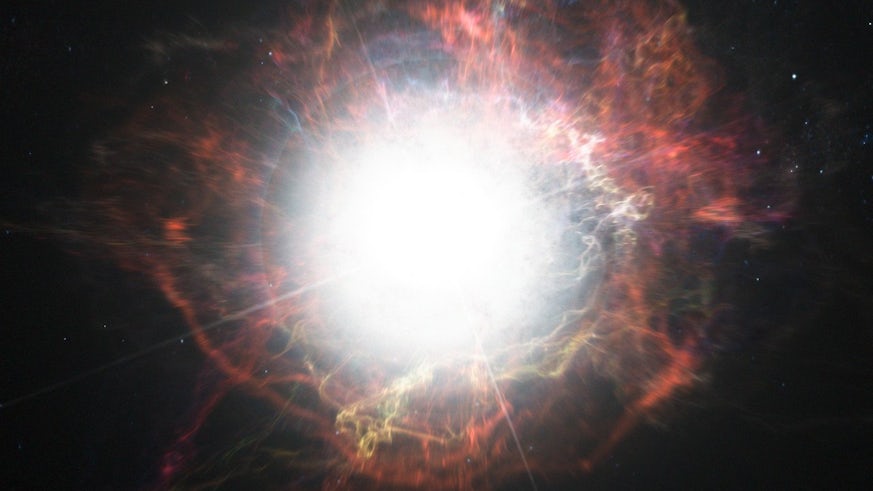Nature Astronomy focuses on supernovae
27 August 2019

This month, Nature Astronomy, the monthly online journal which publishes the most significant cutting edge research on astronomy, astrophysics and planetary science, has published a review article by Dr Cosimo Inserra as part of their focus on supernovae.
The focus looks at the changing landscape of supernovae and the articles cover the wide range of supernovae that have been observed to date, how they are classified, and discusses the new SNe that are being observed and looks at the knowledge that will be informed by future observations.
Supernovae (SNe), or the explosive deaths of stars, are among the most recorded astronomical events, and the term supernova was first coined in the 1930s. This means that it has been necessary to develop classification systems to record the diversity of different supernovae observed over the last hundred or so years. Recently it has become obvious that there is an even wider range of SNe, including “peculiar” SNe, superluminous SNe, and fast, blue, optical transients. In fact, there are transient events in the sky that look like supernovae but are not bright enough and so are known as supernova imposters. It is becoming clear that a new taxonomy is needed to classify the currently known and new SNe that will be observed in future surveys, the focus article reports.
The review article by Dr Inserra, an astrophysicist in the School of Physics and Astronomy, looks at extreme supernovae, which includes those which are superluminous as well as the fast, blue optical transients. The former may in future be used as the next distance markers.